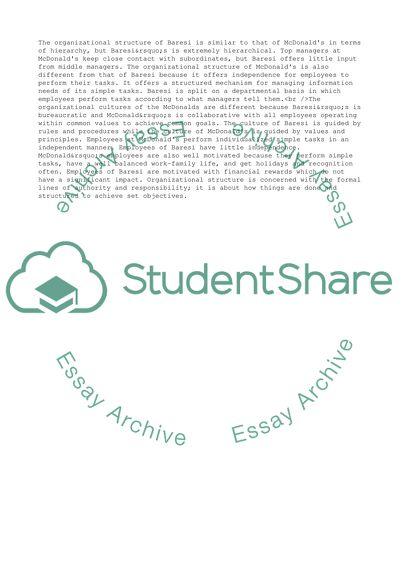Cite this document
(“Organizational Structures: Organizations and Behavior Assignment”, n.d.)
Organizational Structures: Organizations and Behavior Assignment. Retrieved from https://studentshare.org/business/1681042-organizational-structures-organisations-and-behaviour
Organizational Structures: Organizations and Behavior Assignment. Retrieved from https://studentshare.org/business/1681042-organizational-structures-organisations-and-behaviour
(Organizational Structures: Organizations and Behavior Assignment)
Organizational Structures: Organizations and Behavior Assignment. https://studentshare.org/business/1681042-organizational-structures-organisations-and-behaviour.
Organizational Structures: Organizations and Behavior Assignment. https://studentshare.org/business/1681042-organizational-structures-organisations-and-behaviour.
“Organizational Structures: Organizations and Behavior Assignment”, n.d. https://studentshare.org/business/1681042-organizational-structures-organisations-and-behaviour.


